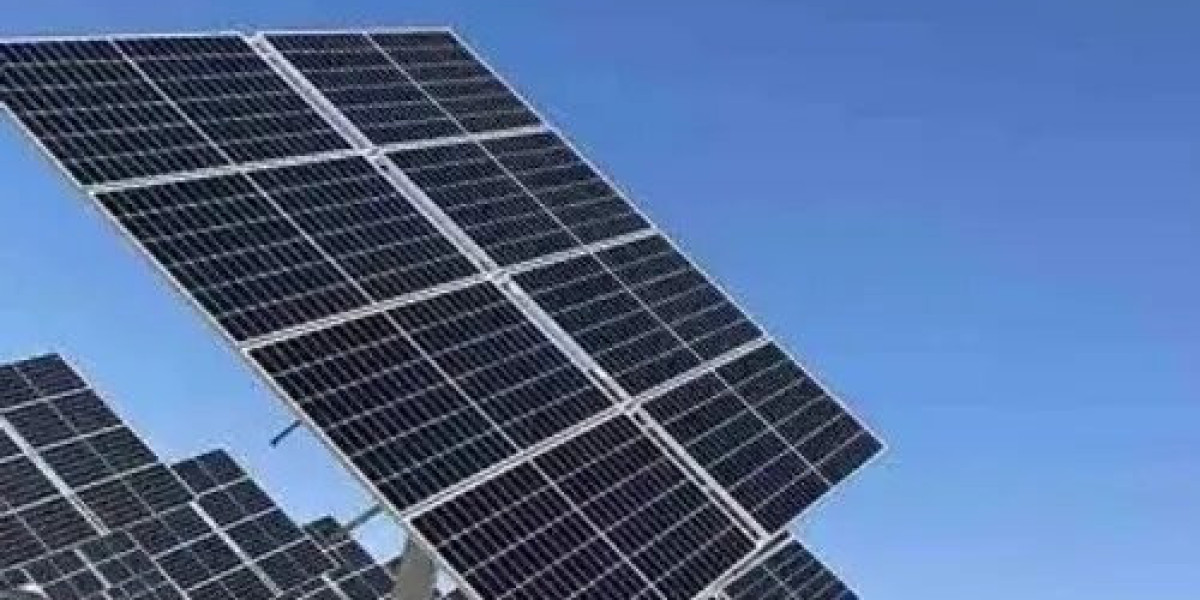The solar energy industry has made impressive strides in recent years, with innovations designed to increase the efficiency and effectiveness of solar power systems. One such innovation is the solar tracker, a device that optimizes the positioning of solar panels to capture the maximum amount of sunlight. Dual axis solar trackers are becoming a popular choice due to their ability to move in two directions and follow the sun's movement throughout the day and across seasons. This article will examine how solar trackers and dual axis solar tracker contribute to improving solar panel performance and their potential for the future of energy production.
What are Solar Trackers?
A solar tracker is a device used to adjust the orientation of solar panels so that they are always positioned towards the sun. This allows the panels to receive the maximum possible amount of sunlight, which directly impacts the energy production of the solar system. There are two primary types of solar trackers: single-axis and dual-axis trackers. Single-axis trackers can rotate along one axis, while dual-axis trackers can move along two axes—both horizontally and vertically—offering greater flexibility in tracking the sun.
Dual Axis Solar Trackers: The Next Step in Solar Efficiency
The dual axis solar tracker offers a highly efficient solution for solar panel orientation. It can track the sun's position both throughout the day and over the course of the year. By adjusting the panels' tilt and azimuth, dual axis trackers ensure that solar panels remain in the optimal position for energy production at all times.
This advanced system allows the solar panels to maintain a perpendicular angle to the sun's rays, which maximizes energy capture, especially during low-sun periods or in regions where the sun's angle changes significantly due to seasonal variations.
Key Benefits of Dual Axis Solar Trackers
Higher Energy Yield
The primary advantage of dual axis solar tracker is their ability to significantly increase energy yield. By constantly adjusting the panels to face the sun directly, dual axis systems can increase energy output by up to 40% compared to fixed installations. This is particularly beneficial in locations where maximizing solar energy production is a priority.
Efficient Use of Space
Dual axis trackers allow for a higher density of solar panels on a given piece of land. By maximizing the energy production from each panel, these systems help make better use of available space, which is critical in areas with limited land resources.
Improved Solar Panel Lifespan
Solar panels installed with trackers experience less thermal stress compared to static panels. This is because the panels are continually adjusted to ensure they receive the most direct sunlight, reducing potential wear and tear caused by overheating. Over time, this can lead to a longer lifespan for solar equipment.
Environmental Impact
By enhancing solar energy production, dual axis solar trackers help reduce reliance on fossil fuels and lower carbon emissions. The ability to generate more power from renewable sources is a step forward in the global transition to clean energy.
Dual Axis Solar Trackers in Residential and Commercial Use
While dual axis solar trackers are commonly used in large-scale solar farms, they are also becoming increasingly popular in residential and commercial solar installations. In residential settings, these trackers allow homeowners to maximize their solar energy production, particularly in regions where the sun's path is not uniform year-round. For businesses, the additional energy generated can reduce electricity costs and improve the overall efficiency of their solar power systems.
Conclusion
The role of solar trackers, especially dual axis solar trackers, in optimizing solar energy systems cannot be overstated. These innovative devices enhance solar panel performance by maximizing sunlight exposure, improving energy efficiency, and increasing the lifespan of solar panels. As the demand for renewable energy grows, dual axis solar trackers will continue to play a critical role in advancing solar power technology, helping both residential and commercial solar users achieve their energy goals while contributing to a more sustainable future.







